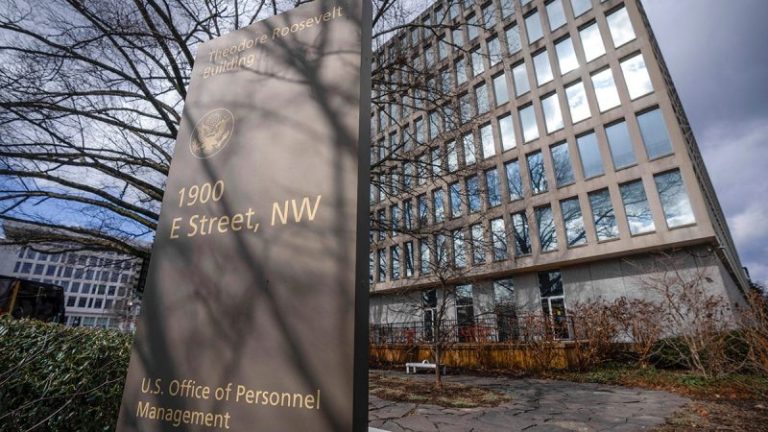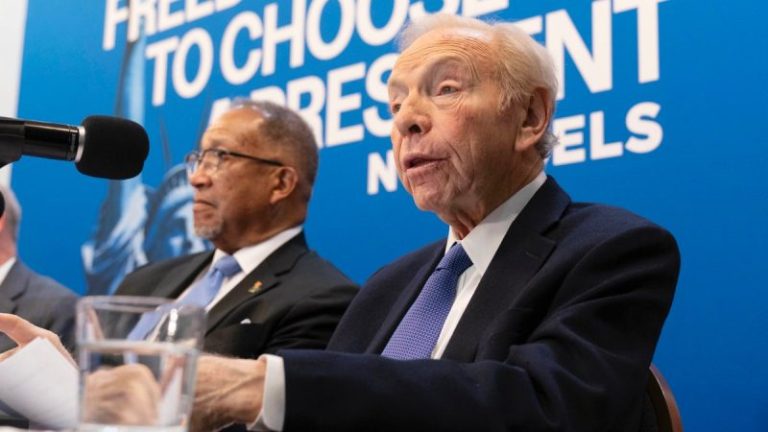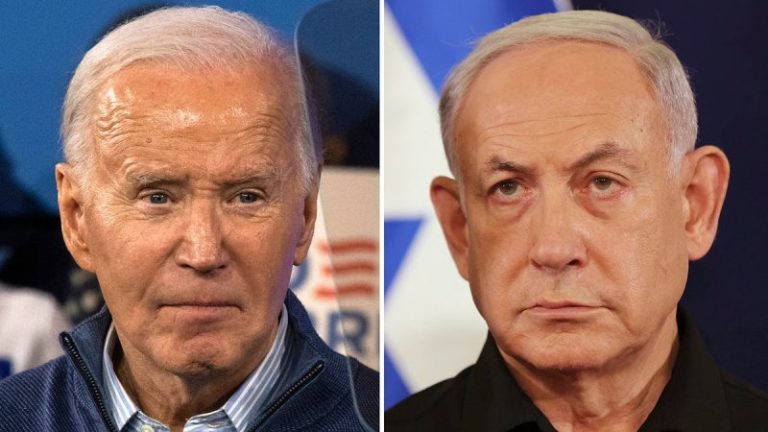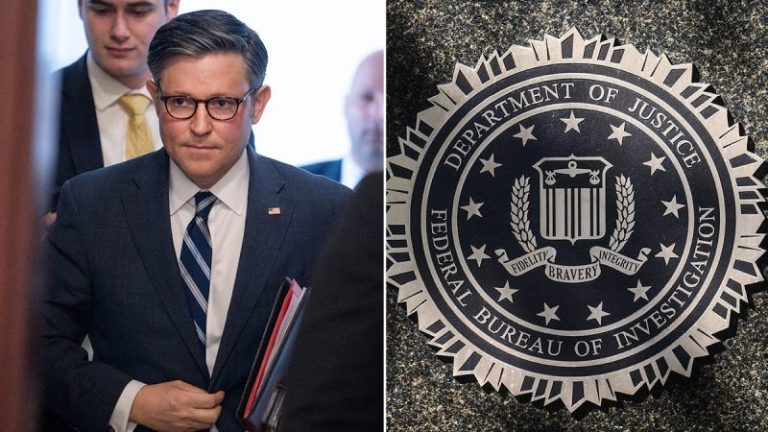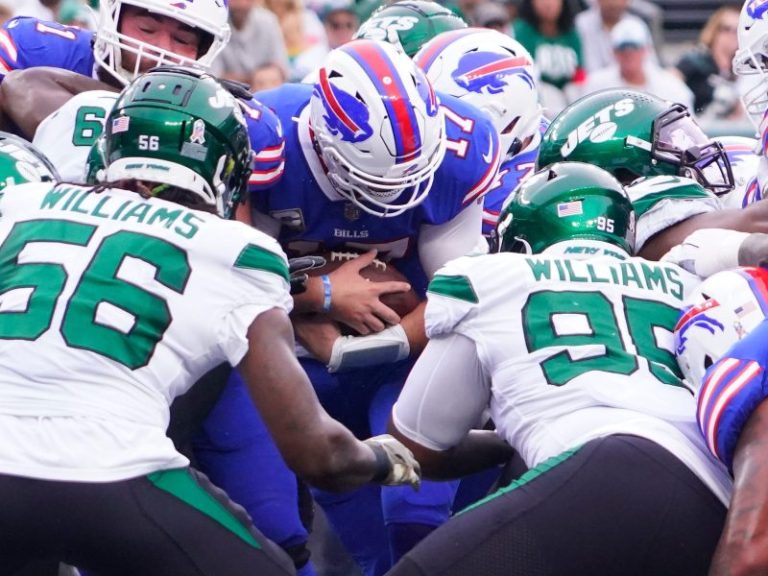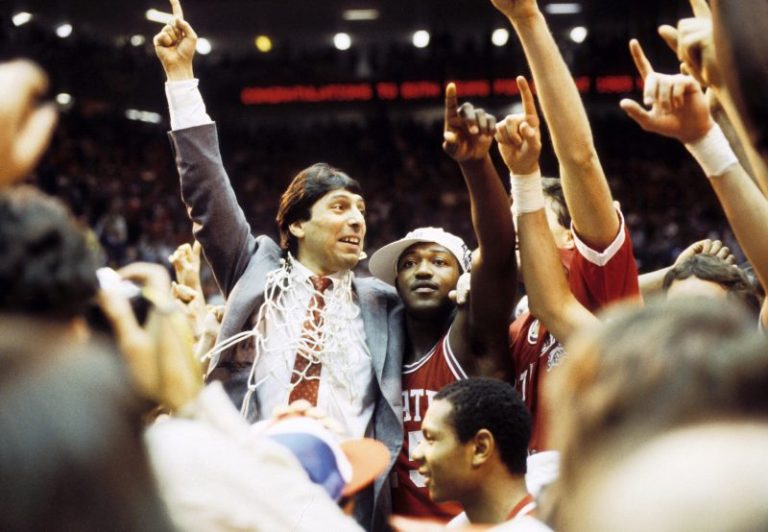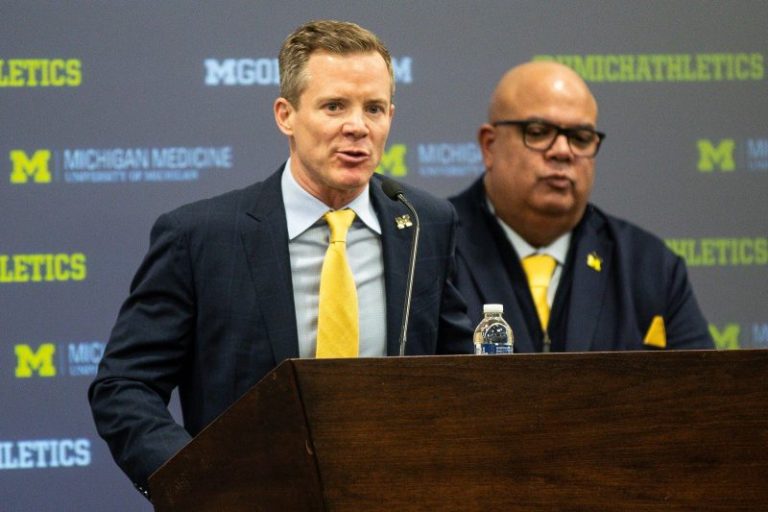President Biden’s administration is implementing a new rule to make it more difficult to fire federal workers as former President Trump promises to revamp the workforce to weed out the ‘deep state.’
Early Thursday, the White House released a statement from the Democratic incumbent president regarding ‘the final rule to protect nonpartisan civil servants.’
Biden said his administration was announcing ‘protections for 2.2 million career civil servants from political interference, to guarantee that they can carry out their responsibilities in the best interest of the American people.’
‘Day in and day out, career civil servants provide the expertise and continuity necessary for our democracy to function,’ the statement said. ‘They provide Americans with life-saving and life-changing services and put opportunity within reach for millions. That’s why since taking office, I have worked to strengthen, empower, and rebuild our career workforce.’
Biden deemed the rule to be ‘a step toward combatting corruption and partisan interference to ensure civil servants are able to focus on the most important task at hand: delivering for the American people.’
The Office of Personnel Management, the government’s chief human resources agency, on Thursday implemented new regulations barring career civil servants from being reclassified as political appointees, or as other at-will workers, who are more easily dismissed from their jobs. It comes in response to ‘Schedule F,’ an executive order Trump issued in 2020 that sought to allow for reclassifying tens of thousands of the 2.2 million federal employees and thus reduce their job security protections, according to the Associated Press.
Biden nullified Schedule F upon taking office, but if Trump were to revive it during a second administration, he could dramatically increase the around 4,000 federal employees who are considered political appointees and typically change with each new president. How many employees might have been affected by Schedule F is unclear.
House Committee on Oversight and Accountability Chairman James Comer, R-Ky., torched the Biden administration’s final rule, arguing it insulates federal workers from accountability:
‘OPM’s final rule is yet another example of the Biden Administration’s efforts to insulate the federal workforce from accountability,’ Comer said in a statement. ‘The federal workforce exists to serve the American people, yet many Americans have a deep and growing distrust of the federal bureaucracy. The Biden Administration’s rule will further undermine Americans’ confidence in their government since it allows poor performing federal workers and those who attempt to thwart the policies of a duly elected President to remain entrenched in the federal bureaucracy. We need more accountability for the unelected federal bureaucracy, not less.’
Comer said with this rule, ‘the Biden Administration believes it is more important to protect the federal bureaucracy, rather than taking steps to increase the American people’s confidence in it. The House Oversight Committee will continue to conduct rigorous oversight of the federal workforce and will examine legislative solutions to make the unelected, unaccountable federal workforce more accountable to the American people.’
The National Treasury Employee Union used freedom of information requests to obtain documents suggesting that federal workers such as office managers and specialists in human resources and cybersecurity might have been subject to reclassification — meaning that the scope of Trump’s order might have been broader than previously believed, the AP reported.
The new rule could counter a future Schedule F order by spelling out procedural requirements for reclassifying federal employees, and clarifying that civil service protections accrued by employees cannot be taken away regardless of job type. It also makes clear that policymaking classifications apply to non-career, political appointments and cannot be applied to career civil servants.
‘It will now be much harder for any president to arbitrarily remove the nonpartisan professionals who staff our federal agencies just to make room for hand-picked partisan loyalists,’ National Treasury Employees Union President Doreen Greenwald said in a statement.
Good government groups and liberal think tanks and activists have cheered the rule. They viewed cementing federal worker protections as a top priority given that replacing existing government employees with new, more conservative alternatives is a key piece of the conservative Heritage Foundation’s nearly 1,000-page playbook known as ‘Project 2025.’
That plan calls for vetting and potentially firing scores of federal workers and recruiting conservative replacements to wipe out what some Republicans have decried as the ‘deep state’ governmental bureaucracy.
The nation’s most prominent conservative think tank recommended an overhaul of the Department of Justice and the FBI to combat a ‘radical liberal agenda.’
The Biden administration’s rule, which runs to 237 pages, is being published in the federal registry and is set to formally take effect next month. The Office of Personnel Management first proposed the changes last November, then reviewed and responded to 4,000-plus public comments on them. Officials at some top conservative organizations were among those opposing the new rule, but around two-thirds of the comments were supportive.
If Trump wins another term, his administration could direct the Office of Personnel Management to draft new rules. But the process takes months and requires detailed explanation on why new regulations would be improvements — potentially allowing for legal challenges to be brought by opponents.
Fox News’ Kaitlin Spraugue and the Associated Press contributed to this report.

